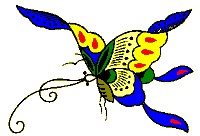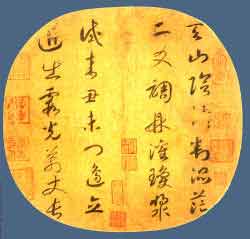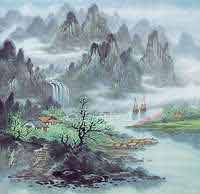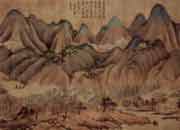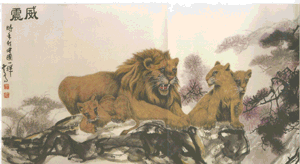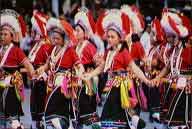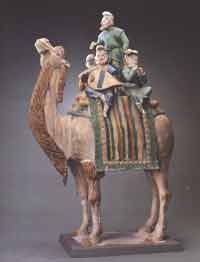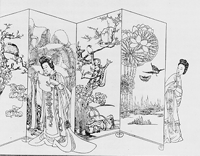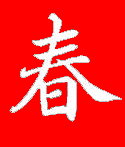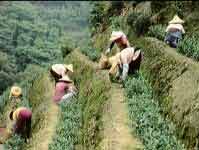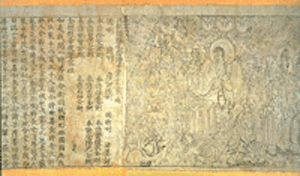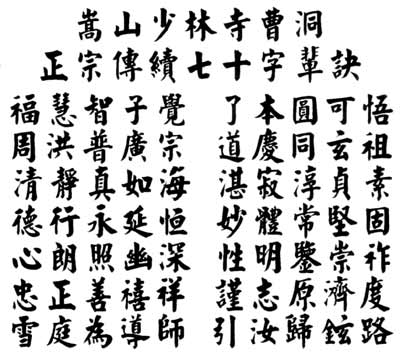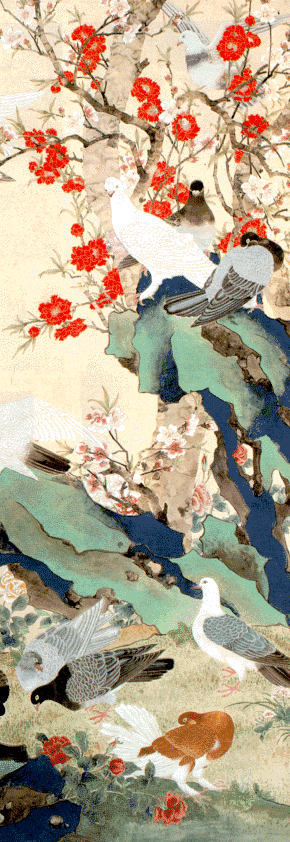The Languages of China
The Han people have their own spoken and written language. Chinese belongs to the Han-Tibetan language family. It is the most commonly used language in China, and one of the most commonly used languages in the world. Written Chinese emerged in its embryonic form of carved symbols approximately 6,000 years ago. The Chinese characters used today evolved from those used in bone and tortoise shell inscriptions more than 3,000 years ago and the bronze inscriptions produced soon after. Drawn figures were gradually reduced to patterned stroke, pictographs were reduced to symbols, and the complicated graphs became simpler. Early pictographs and ideographs were joined by pictophonetic characters. In fact, there are six categories of Chinese characters: pictographs, self-explanatory characters, associative compounds, pictophonetic characters, phonetic loan characters, and mutually explanatory characters.
|
||||
|
||||
The Liu Shu categories are: (1)pictographs(hsiang hsing); (2)ideographs(chih shih); (3)compound ideographs(hui i); (4)compounds with both phonetic and meaning elements(hsing sheng); (5)characters which are assigned a new written form to better reflect a changed pronunciation(chuan chu); and (6)characters used to represent a homophone or near-homophone that are unrelated in meaning to the new word they represent(chia chieh). |
||||
Chinese Art |
||||
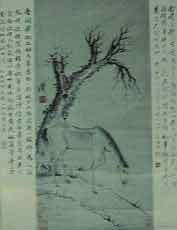 |
|
|||
Chinese Dancing
The art of Chinese dance traces its origins to even before the appearance of the first written Chinese characters. Ceramic pots have been unearthed in the Sun Chia Chai excavation site in Tatung County of the western Chinese province of Chinghai that depict colorful dancing figures. A study of these archaeological artifacts reveals that people of the Neolithic Yangshao culture of around the fourth millennium B.C. already had choreo graphed group dances in which the participants locked arms and stamped their feet while singing to instrumental accompaniment.
Cranes
are possibly one of the oldest birds on earth and Folded
paper cranes are also given to ill people to |
||||
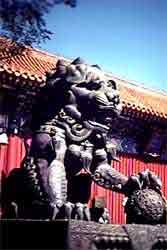 |
||||
|
Chinese Resources
Chinese Art of Food and Drink |
|||
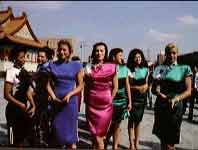 |
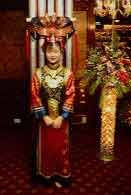 |
|||
Chinese MedicineThe theoretical framework of Chinese medicine was established more than two millennia ago. A great deal of ancient medical knowledge is preserved in the pre-Chin (221-207 B.C.) Inner Cannon (Nei Ching), a comprehensive record of Chinese medical theories up to that time. The Han dynasty (206 B.C.-220 A.D.) produced an authoritative and valuable practical guide--even to the present day--to the treatment of illness, the Treatise on Diseases Caused by Cold Factors (Shang Han Lun) by Chang Chung-ching. |
||||
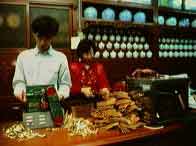 |
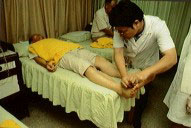 |
|||
|
|
||||
Chinese Poetry
|
||||
Fu
hui zhi zi jue, liao ben yuan ke wu Zhou hung pu guang zong, dao qing tong xuan zu Qing jing zhen ru hai, zan ji chun zhen su De xing yong yan heng, miao ti chang jian gu Xin lang zhou yu shen, xing ming jian chong zha Zhong zhen shan xi shang, jin zhi yuen ji du Shui ting wei tao shi, ying ru gui ming lu |
Only
the holy person can understand the way, then one may attain wisdom and
bliss. Using the whole to see the principles, you may understand the way. We must spread Chan like rays of sun all over the world. All the branches of Buddhism celebrate the same root. Clarity and stillness are deep as the sea. When you abandon attachments, your true face emerges. Only virtue is never ending, Your pure heart never changes. When your heart is still, its brightness will dispel the darkness. Your true natures is the highest. If you are loyal, upright and kind, you will receive happiness and peace. Always remember your Buddha heart. Following the spirit of Huike, This is the way to Buddhahood. |
|||
|
This
site has been accessed 10,000,000 times Return
to Copyright
2003-2007 |
Excerpts
from Confucius’ The Analects. In Debary, William Theodore, et
al. Sources of Chinese Tradition. New York: Columbia University Press,
1960. p. 24-30. ISBN: 0231109393 [R] LU
Xun, “Preface to A Call to Arms,” “A Madman’s
Diary” [Columbia Anthology- purchased book] |
|||

